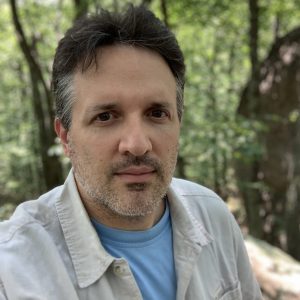The Virginia Outdoors Foundation (VOF) recorded 75 new conservation easements in 2017, protecting 23,446 acres of open space for farming, forestry, and recreation in 47 localities.
Conservation easements are voluntary agreements between landowners and qualified government or nonprofit organizations that limit future residential and industrial development while keeping the land in private ownership.
One of the largest easements is on Bacon’s Castle Plantation, a 1,260-acre farm in Surry County that surrounds the oldest documented brick dwelling in the United States. The house, now owned by Preservation Virginia, was built in 1655 for merchant Arthur Allen and later became known as Bacon’s Castle because it was the site of an uprising against the Colonial government led by Nathaniel Bacon. The owner of Bacon’s Castle Plantation, a 10th-generation Surry County farmer whose mother grew up on the adjacent property that is now Chippokes Plantation State Park, worked with VOF, the Department of Conservation and Recreation, and the U.S. Department of Agriculture’s Natural Resource Conservation Service to complete the easement.
Another new easement is on a 9-acre tract in Virginia Beach, protected in partnership with the Living River Restoration Trust, the City of Virginia Beach, and the Department of Conservation and Recreation. The property, a mix of wetlands and forest, will eventually will become the first public park in Virginia Beach offering paddling access from the southern shore of the Elizabeth River.
In addition to the new easements, VOF amended 27 existing easements to increase protected acreage and improve restrictions. The foundation also took ownership of 1,100 acres of high-value conservation land as mitigation for impacts to 11 easements from two proposed federally regulated natural gas projects.
VOF now protects more than 820,000 acres of open space across Virginia. These lands help to protect more than 4,100 miles of streams and rivers, 230,000 acres in ecologically significant landscapes, 375 miles along designated scenic roads and rivers, 325 miles of threatened and endangered species waters, and 80 miles along designated hiking and biking trails. Since being established by the General Assembly in 1966, VOF has preserved open space at a rate of nearly two acres every hour. About 95 percent of all Virginians live within 10 miles of VOF-protected land.
